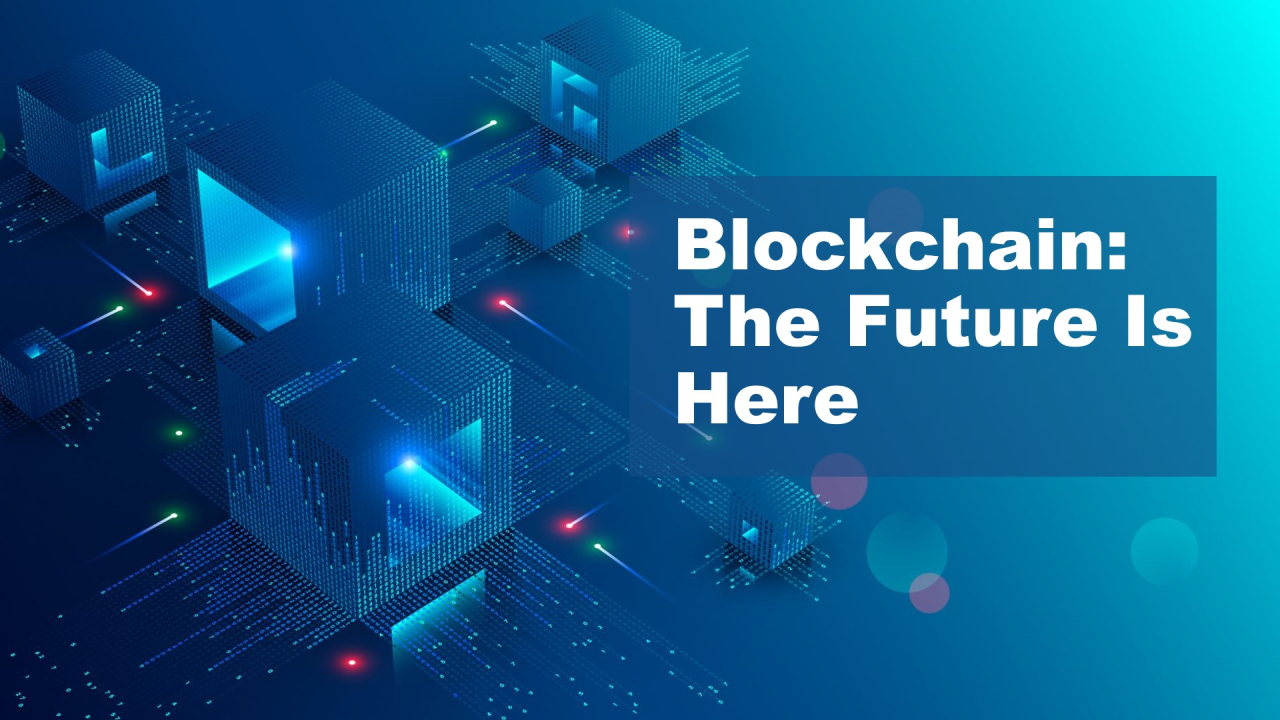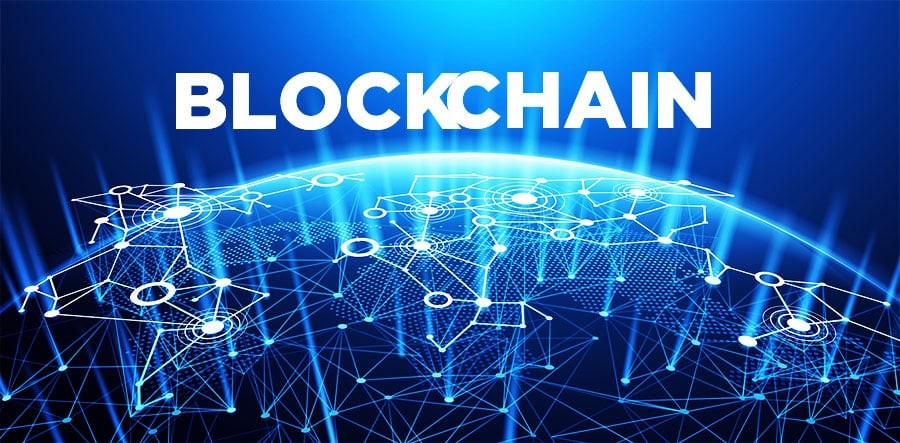In the rapidly evolving digital landscape, one technology has emerged as a game-changer: blockchain. While many associate it with cryptocurrencies like Bitcoin, blockchain is much more than that. Often referred to as the “digital backbone,” blockchain’s potential extends far beyond financial transactions, touching nearly every industry. In this blog, we’ll dive into what makes blockchain so revolutionary and why it’s considered the backbone of modern digital systems.
What is Blockchain?
At its core, blockchain is a type of digital ledger. Think of it as a virtual notebook where transactions are recorded, verified, and stored. However, unlike a traditional notebook, blockchain operates on a decentralized network, meaning no single person or organization controls it.
Each “block” in the blockchain contains a group of transactions, and these blocks are linked together to form a “chain.” This structure ensures that once data is recorded, it cannot be altered without consensus from the network, making it highly secure and trustworthy. It’s this combination of transparency and security that has earned blockchain its reputation as the digital backbone.
How Does Blockchain Work?
To understand blockchain’s workings, let’s break it down:
- Blocks and Transactions: Each block in a blockchain contains a set of transactions. Think of these as pages in a ledger.
- Hashing: Each block is assigned a unique code called a “hash,” which acts like its fingerprint. Any change to the block’s data will alter the hash, making tampering easily detectable.
- Consensus Mechanism: Blockchain networks use mechanisms like Proof of Work (PoW) or Proof of Stake (PoS) to ensure all participants agree on the validity of transactions. This eliminates the need for intermediaries.
- Immutability: Once a block is added to the chain, it’s nearly impossible to alter its contents without changing all subsequent blocks, which would require consensus from the majority of the network.
An easy analogy is to think of blockchain as a tower of blocks in a library. Each block has unique information, and if someone tries to tamper with one, the entire tower would topple, exposing the interference.
Why is Blockchain Called the Digital Backbone?
Blockchain is often described as the digital backbone because it supports a new era of digital innovation. Here’s why:
- Decentralization: Traditional systems rely on centralized authorities, which can be prone to inefficiencies and vulnerabilities. Blockchain’s decentralized nature removes these single points of failure.
- Security and Transparency: Every transaction is verified by a network of participants and is permanently recorded, creating an unalterable history of data.
- Versatility: Blockchain’s applications span industries, making it the underlying technology for everything from digital currencies to supply chain management and beyond.
By providing a secure and transparent foundation, blockchain enables the seamless operation of countless digital applications, earning its title as the digital backbone.
Applications of Blockchain in the Real World
Blockchain isn’t just theoretical; it’s already transforming industries around the globe. Let’s explore some of its real-world applications:
1. Finance and Cryptocurrencies
The most well-known use case of blockchain is in finance. Cryptocurrencies like Bitcoin and Ethereum rely on blockchain to enable peer-to-peer transactions without intermediaries. This has revolutionized how we think about money and banking, enabling faster and cheaper cross-border payments.
2. Supply Chain Management
Blockchain ensures transparency and traceability in supply chains. Companies can track the origin and journey of goods, reducing fraud and ensuring ethical sourcing.
3. Healthcare
In healthcare, blockchain can secure patient records and enable efficient data sharing among providers. This not only enhances patient care but also ensures privacy and compliance with regulations like HIPAA.
4. Decentralized Identity and Web3
Blockchain empowers individuals to take control of their digital identities. Instead of relying on centralized platforms, users can own and manage their personal data, paving the way for a more secure and privacy-focused internet.
5. Gaming and NFTs
Blockchain has given rise to new gaming models like play-to-earn, where players can earn rewards in the form of cryptocurrency. Additionally, Non-Fungible Tokens (NFTs) enable the ownership of unique digital assets like artwork and in-game items.
Advantages of Blockchain Technology
The benefits of blockchain are numerous, making it a cornerstone of digital innovation:
- Security: Blockchain’s encryption and decentralized nature make it highly resistant to hacking and fraud.
- Transparency: Every transaction is visible to network participants, fostering trust and accountability.
- Efficiency: By eliminating intermediaries, blockchain streamlines processes, reducing costs and delays.
- Accessibility: Blockchain networks operate 24/7, enabling continuous and global access to services.
Challenges Blockchain Faces
Despite its promise, blockchain technology is not without challenges:
- Scalability: As networks grow, the time and resources required to process transactions can increase, leading to delays.
- Energy Consumption: Some consensus mechanisms, like Proof of Work, consume significant amounts of energy, raising environmental concerns.
- Regulatory Uncertainty: Governments around the world are still figuring out how to regulate blockchain and cryptocurrencies, creating uncertainty for businesses.
- Adoption Barriers: Many organizations and individuals lack the technical knowledge or resources to implement blockchain solutions effectively.
Addressing these challenges will be key to unlocking blockchain’s full potential.
The Future of Blockchain: A Digital Revolution
The future of blockchain is bright, with exciting developments on the horizon:
- Wider Adoption: As awareness grows, more industries will integrate blockchain into their operations, from real estate to entertainment.
- Interoperability: Advances in multi-chain technology will enable different blockchain networks to work together seamlessly.
- Decentralized Ecosystems: Blockchain will play a crucial role in building decentralized applications (dApps) and networks, empowering individuals and businesses alike.
- DePIN (Decentralized Physical Infrastructure Networks): By combining physical infrastructure with blockchain technology, DePIN has the potential to revolutionize fields like IoT and telecommunications.
Conclusion
Blockchain is more than just a buzzword; it’s the digital backbone of our future. With its ability to provide security, transparency, and decentralization, blockchain is transforming industries and redefining how we interact with technology. While challenges remain, the potential of this revolutionary technology is undeniable. Whether it’s empowering financial independence through cryptocurrencies or ensuring ethical sourcing in supply chains, blockchain is paving the way for a more secure and equitable digital world.
As we look ahead, one thing is clear: blockchain is not just a technology; it’s a movement that’s shaping the future. Are you ready to be part of the revolution?







